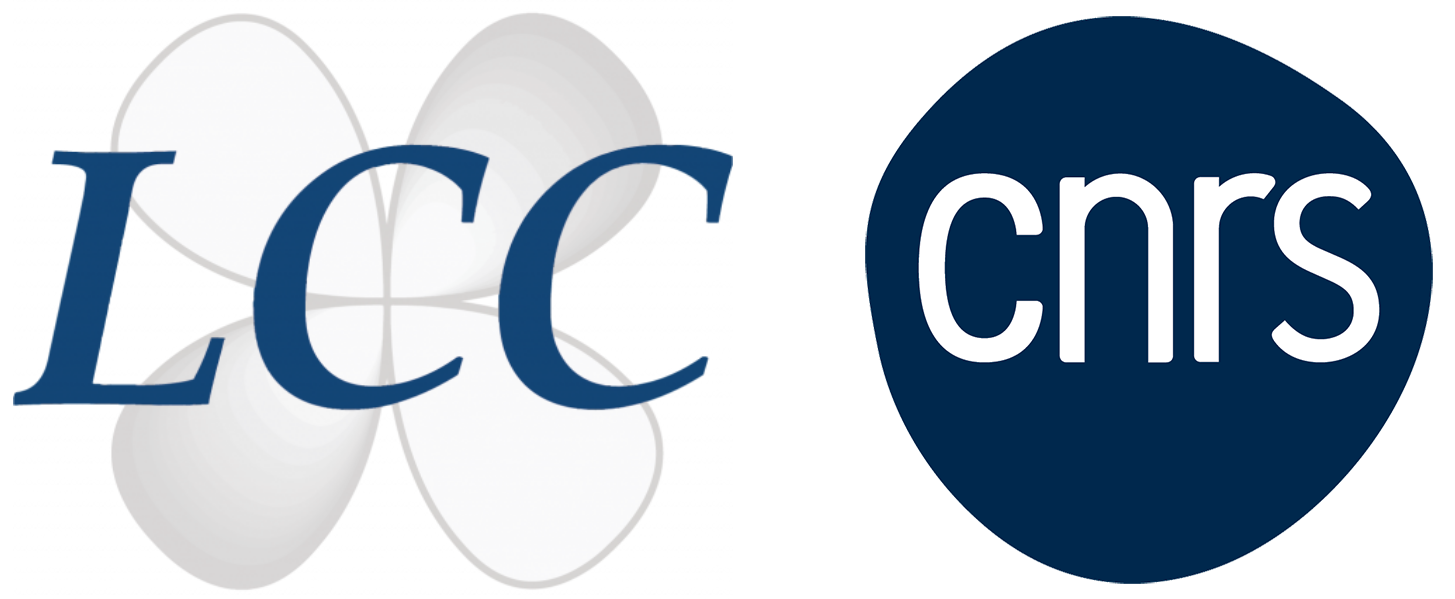
- This event has passed.
Seminar Pr Evamarie HEY-HAWKINS

Phosphorus-The Devil’s Element?
Prof. Dr. Evamarie Hey-Hawkins
Leipzig University, Germany
Abstract
Phosphorus was discovered in 1669 as the 13th element by the German alchemist Hennig Brand in Hamburg, Germany, on attempting to create the fabled philosopher’s stone through distillation of urine. Today’s source of phosphorus is phosphate rock, a finite resource. Many reserves are likely to be exhausted before the end of this century with serious consequences for the exponentially growing and often malnourished global population, as phosphorus is essential for life and there is no substitute. Phosphate is an important ingredient in fertilisers, and there are no substitutes for phosphorus plant nutrients in agriculture. Even partial depletion of phosphorus resources may in the long run be relevant for the sustainability of agriculture.
However, there is also a dark side of the “light-bearer” phosphorus. Because of its tendency to spontaneously combust in air, it was used in incendiary bombs and in Molotov cocktails in time of war. Murders by poisoning with white phosphorus and severe necrosis of the jawbones, known as “phossy jaw”, which was contracted by match workers in the 19th century, corroborate the dangers associated with the element phosphorus. Therefore, phosphorus is sometimes referred to as “the Devil’s element”.[1,2]
On the other hand, the chemistry of phosphorus is, without a doubt, one of the most intriguing fields of inorganic and organic chemistry. It comprises a vast number of classes of compounds with many elements in the periodic table and combinations thereof. Besides application in fertilisers, phosphorus compounds are also used as food additives, detergents, flame retardants, pharmaceuticals, pesticides and insecticides, to name but a few. Furthermore, phosphorus compounds are also important for sustainable development. Thus, phosphane ligands, especially chiral ones, play an important role in homogeneous catalysis, which can improve significantly the efficiency, specificity and selectivity of catalysts. Metal phosphides, on the other hand, find applications in materials science, e.g., in energy-related areas.
The recovery of phosphorus from wastewater and sewage sludge could contribute to a circular economy of this essential element.
References:
[1] J. Emsley, The Shocking History of Phosphorus: A Biography of the Devil’s Element, Macmillan, 2000, ISBN: 0333766385.
[2] D. Egan, The Devil’s Element: Phosphorus and a World Out of Balance, W. W. Norton & Company, 2023, ISBN 1324002662.[1] Y. Wang et al., ACS Central Science 2019, 5, 451.
